The Lilac Breasted Roller bird goes by several names such as the Fork-Tailed roller, the Mosilkatze’s roller, and the Mzilikiazi’s roller in Zimbabwe.
Its name in Zimbabwe comes from a Matabele king’s name, who lived in the 19th century and loved using the bird’s feathers for his headdresses.
The Lilac Breasted Roller is stunning and a bird of many colours. Some of its many stunning colours are exotic shades of common colours such as green and blue that are rare to find naturally.
Some of the names used to describe these colours will be new vocabulary to some, such as turquoise and lilac. This beautiful and colourful bird has stunned and awed those fortunate enough to live close to them in Africa, so much so that it is the national bird of at least two African countries.
Let’s dive into some fascinating facts on this rainbow bird.
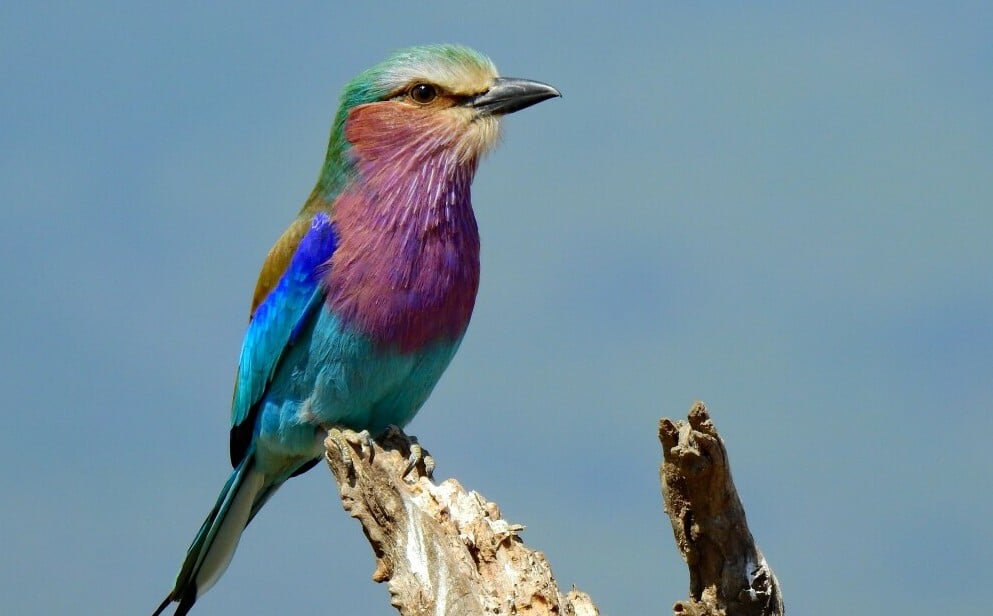
Where Do Lilac-Breasted Roller Birds Get Their Name from?
The Lilac Breasted roller belongs to a family of birds known scientifically as ‘Coraciidae.’
These birds share the same name of roller, which comes from their spectacular aerial acrobatic stunts during territorial fights or courtship. This acrobatic flight style consists of fast, shallow dives from high elevations and side-to-side rolling motions, thus the name roller.
How Many Colours Does a Lilac-Breasted Roller Truly Have?
The Lilac Breasted Roller is colourful and has about 8 differently coloured feathers on its body.
The descriptions of how beautiful this bird is, simply don’t do the bird justice.
The Lilac Breasted Roller is an average-sized bird the same size as the common crow, but with a larger head proportional to its body.
Their body length ranges from 36 to 38 cm (14.17 to 14.96 in) which is inclusive of their long tail streamers. They have a wingspan of between 50 and 58 cm (19.6 and 22.8 in), and an average weight of about 104 g (3.7 oz), which isn’t heavy at all.
The crown and mantle are olive green, the ear coverts (these are the small feathers behind a bird’s eyes that cover the ear openings) and cheeks are a rufous colour (This is a deep reddish brown colour).
The beak is black, and below it and below the eyes is a band of either white or yellow feathers.
The breast area is Lilac in colour (This is a soft pale shade of purple), and their tail which is forked has black streamers and is turquoise (This is a blue-green colour) in colour.
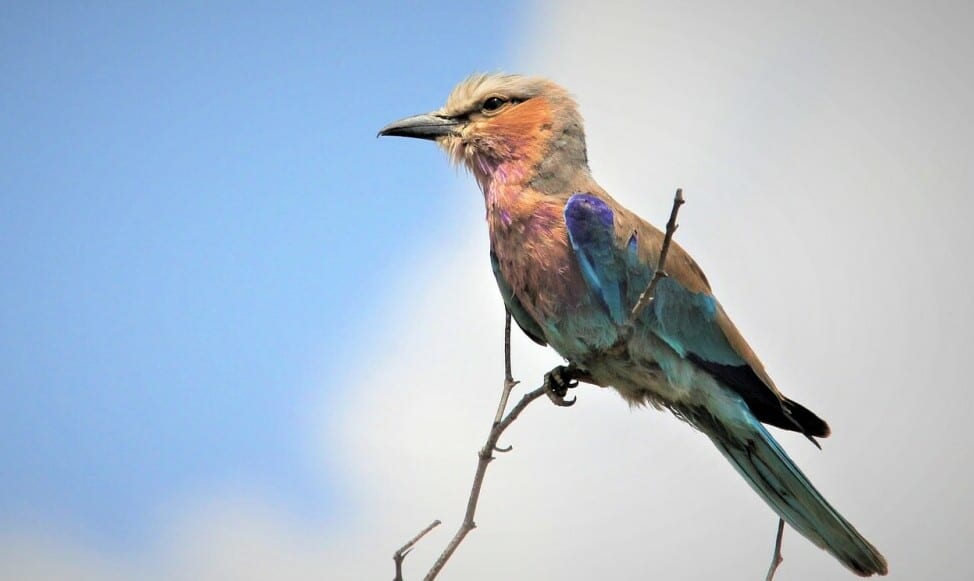
The primary and secondary feathers of the wing are a deep blue, the coverts are turquoise and the upper parts of the wing and back, are red-brown, while the legs and feet are a pale yellow.
That’s a big colour-pallet, isn’t it?
Lilac Breasted Rollers do not have sex dimorphism, which means that males and females look alike with little distinguishing either.
Juveniles are not as colourful as adults, but their wing feathers contain a lot of the blue shade colour, and their throats and breasts are rufous instead of lilac. They also lack the tail streamers present in adults and their colours are generally duller in comparison.
Where To Spot A Lilac Breasted Roller?
The Lilac Breasted Roller is a bird of the open Savannah, but with scattered shrubs and trees, as the bird requires an elevated perch from which to hunt.
They generally tend to avoid urban areas, or areas under human influence except farmlands when farmers are burning away excess vegetation.
In protected natural regions such as parks and game reserves, you’ll also spot them on the road, but this is especially during fires when invertebrates take to the road for safety.
They can also be spotted in lightly forested regions, riverine vegetation, or open Savannah. They occur in habitats at an elevation of up to 2000 m (6561 ft) above sea level.
They are widespread throughout Eastern and Southern Africa. They can be found in Eritrea, Ethiopia, Kenya, Uganda, Tanzania, Malawi, Zambia, Zimbabwe, Namibia, Botswana, and North Eastern South Africa.
Kenya in particular has the highest population of Lilac Breasted Rollers on the continent, but their population isn’t what it used to be.
What Do They Eat?
These birds are beautiful to look at, and one might assume them to be of a calm and relaxed demeanour. This is a misjudgement as they are quite the voracious hunters.
These proficient hunters feed on terrestrial prey and will hunt by perching on a high vantage point and scouting their surroundings.
This vantage point ranges from trees, tall shrubs, termite mounds and large herbivorous mammals such as giraffes, buffalo and elephants.
Once prey is spotted, they’ll swoop down, grab it with the beak, and if the prey is small enough, it is swallowed on the ground. For larger prey, they’ll carry them back to their perch, and thoroughly beat them against a hard surface until they’re dismembered and easier to swallow.
They are carnivorous and their diet includes ground-dwelling insects, snails, millipedes, centipedes, scorpions, spiders, slow and small birds, slow-moving reptiles such as chameleons, lizards, burrowing blind snakes, slender blind snakes and other snake species.
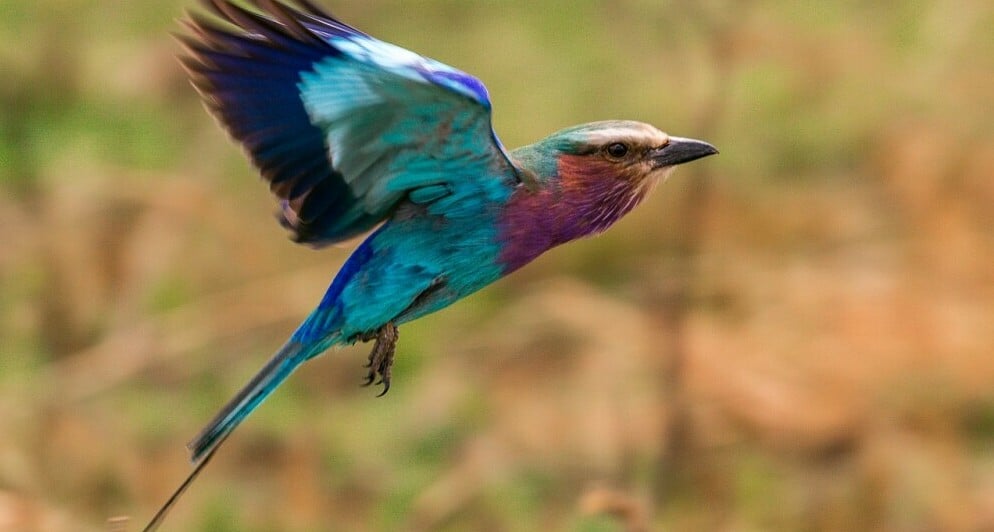
They also take advantage of any bushfires, both natural and man-made. As animals and insects escape the flames, Lilac Breasted Rollers together with other species such as pale flycatchers and Taita Fiscals, feasts on any animals fortunate enough to escape the flames yet small enough to be eaten.
How Do Lilac-Breasted roller Reproduce?
Lilac Breasted Rollers bread at various times of the year depending on their location. They build their nests in hollowed-out tree cavities that are about 5 m (16 ft) off the ground or in termite mounds.
They may nest in termite mounds if there aren’t enough mature trees around to nest in. The tree cavities chosen are either natural or the previous nests of bird species such as kingfishers and woodpeckers. The nests are solitary, and flat and are built using grass.
Lilac Breasted Rollers like many bird species, which is surprising are monogamous and mate for life. During the mating season, the birds become overly aggressive and protective, particularly towards others who are seen as a danger to their nest.
Males and females are nearly indistinguishable and not much is known concerning their courtship displays, as to which bird does what and why.
=> video: do you love me, now that I bring you an insect? 🙂
But during courtship, birds will fly upwards, close their wings and tip forward into a controlled fall. During this fall, they’ll flap their wings to gain speed and after attaining their maximum velocity, will level out while rolling from side to side and uttering a harsh loud “kaarg kaargh” call that has been likened to the sound a wood saw makes.
Rival males at this time will battle it out by clawing at each other, beating with wings and thrusting off the beak.
After a successful courtship, the two birds do sometimes mate mid-flight, which is a rather impressive achievement.
After courtship, the females usually lay about 3 to 4 eggs each season. The task of incubation and taking care of the hatchlings is shared equally by both parents, and the incubation period takes between 22 and 24 days.
The newborn hatchlings are altricial (This means that they are born helpless, and a little bit underdeveloped requiring the aid of their parents to survive).
After about 19 days, the chicks will be fully feathered and will remain under their parent’s care for one more month, after which they can start foraging for themselves. Even if they become independent at quite an early age, they attain maturity, after about 2 years.
What Do They Symbolise
The Lilac Breasted Roller is the official bird of Kenya, and unofficially Botswana. In Kenya, the bird’s many colours and its abundance throughout the country can be seen as a symbol of the country’s diversity and beauty.
In Southern Africa, the bird appears in the folklore and symbolism of some tribes. Some consider the bird a harbinger of peace, and kings would sacrifice the birds at the end of major wars as a sign of the peace to come.
The fact that Lilac lilac-breasted rollers mate for life is a reason behind many traditional beliefs behind it and marriage.
Afrikaners decorate wedding dresses with colourful feathers from the Lilac Breasted Roller. Among the Afrikaners, the bird is known as ‘troupand’ which translates to a wedding band.
Among the Venda of Zimbabwe, wedding rings were made from the feathers of these birds. The Zulus went a step further by making a chain or rope from the Lilac Breasted Roller’s feathers which was used to test the compatibility of young couples.
Those who wished to marry were tied together with this feathery chain, and the couple had to move together while maintaining this chain. If the chain did not break, this showed that they were compatible, but if it fell apart, this signified their relationship was a failure.
FAQs on Lilac-breasted rollers
Are Lilac Breasted Rollers Friendly?
I don’t know about friendly, but they are rather fearless even towards humans. This is a bonus if you’re planning on filming one or taking a picture as you can get up close to the bird. But they are territorial and will not hesitate to chase you off if you get too close, particularly when their nest is close by.
What is the lifespan of Lilac Breasted Rollers?
In the wild, Lilac Breasted Rollers have a lifespan of around 10 years, and a little longer in captivity.
Who Eats them?
The Lilac Breasted Roller is relatively fast and is preyed on by fast raptors such as the peregrine falcon, red-necked falcon, Wahlberg’s eagle and Bateleur eagle.
My Final Conclusion.
I hope that you found this article on the Lilac-Breasted Roller bird interesting and if you have any more questions, please feel free to leave them down below in the comment section!
You can also join (one of) my social media channels below to take a look at more pictures, videos and stories about my travels to Africa.
I wish you happy travels!
Kind regards,
Lizzy
I now have a YouTube channel as well!
YouTube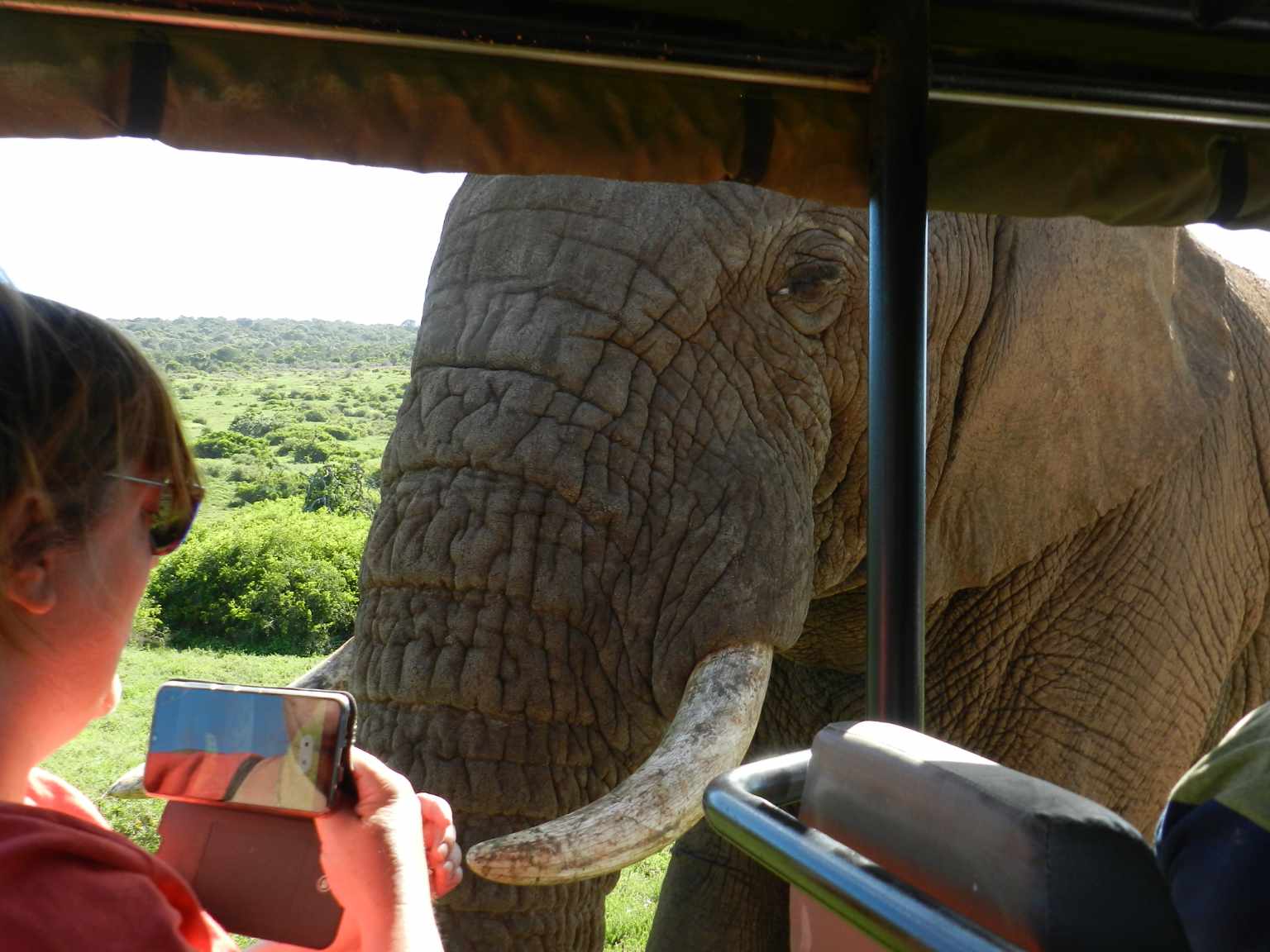
Hello Africa travellers!
Who am I? Well, the least you can say is that I am quite crazy about Africa, its nature, its climate, its culture, and more.
As a young woman in my twenties, I had already traveled to several African countries by traveling along in an overlander on my own and mostly camping ( or glamping ) and just fell in love with the diversity of it all.
So much, so that at the age of 26, I went back to university to study biology, which, unfortunately, I couldn’t finish because of health reasons (yes, I got sick from a tropical disease, oh cynicism). But this did not stop my dream of traveling back to Africa several times, and I still do.
My dream was back then to leave Europe and go study animal behavior, especially the elephants (sure, that’s every girl’s dream haha), but I am also very much intrigued by hyenas and other “ugly African animals“.
So, I “kind of” have a little bit of a scientific approach to my articles, when I write about African birds, for example. And most of all: the passion.
But life goes on, you move from one side of the country to the other, you get sick again and top it off with lower back problems, and before you know it, you are over 50 hahaha!
Now, I still travel to Africa, but take it a bit “easier” than the good old camping days, and stay in comfortable, yet affordable accommodations, together with my husband Wouter.
These are some of the countries I have traveled to: Kenya, Tanzania, Zanzibar, Malawi, Zambia, Zimbabwe, South Africa, Namibia, Botswana, Tunisia, and a little bit of Lesotho LOL .
While clearly not being African territory, but Spanish, I also visited Gran Canaria and Tenerife, and location-wise, I consider them “African”, because of their climate and nature, sue me :-p
The last trip I took was to South Africa in the year 2023, and it sure got the fevers for Africa back! From the Barberton mountains to the Drakensberg and the Southcoast, one month wasn’t enough at all to see the whole country, so we’ll be back! At ease and with a little bit more luxury than in my younger days haha!
I wish you happy travels!
Kind regards
Lizzy

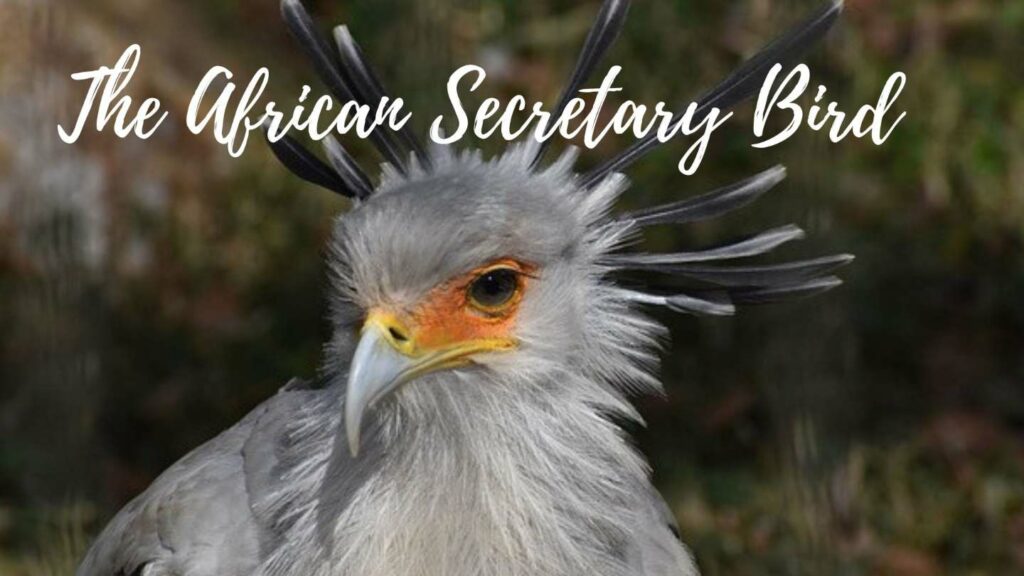
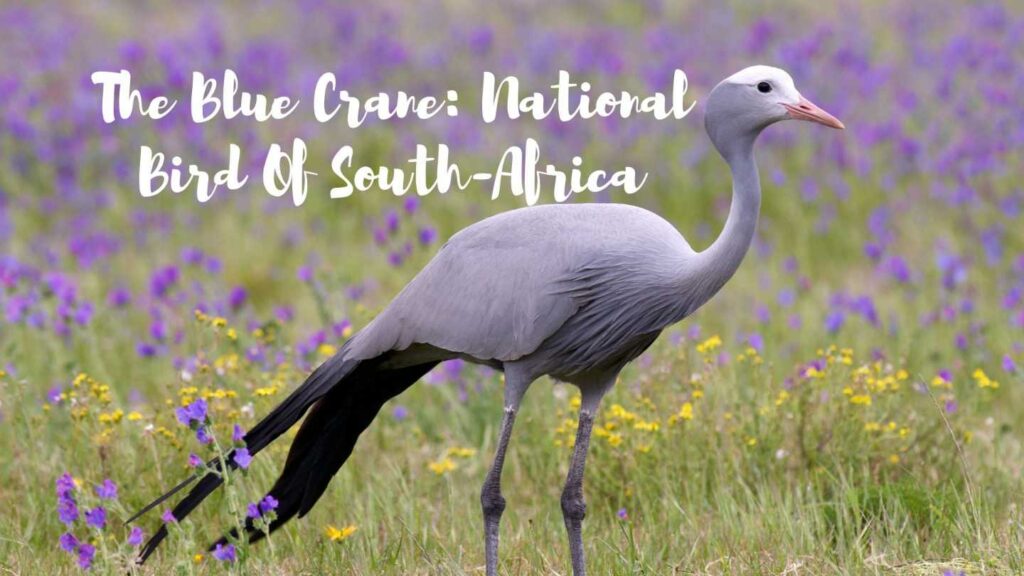
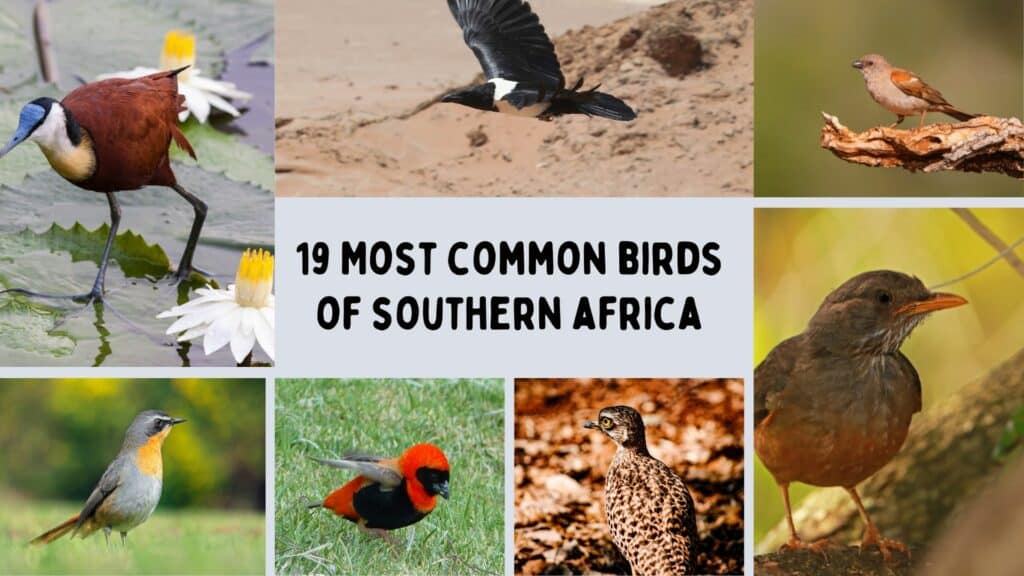

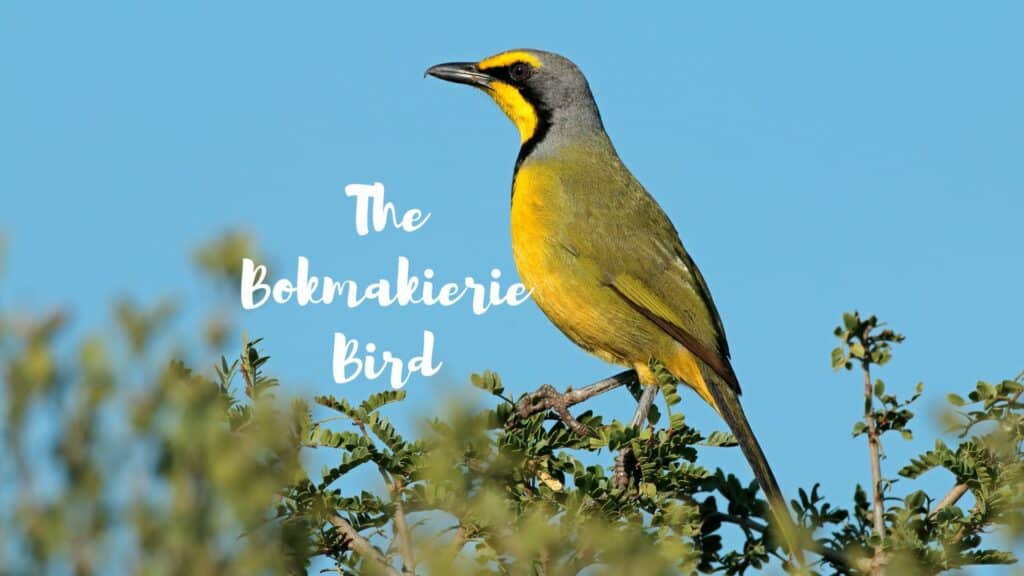
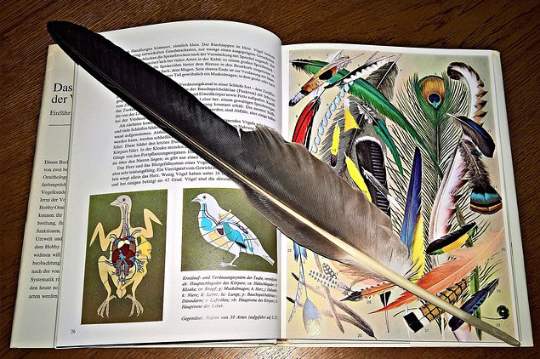
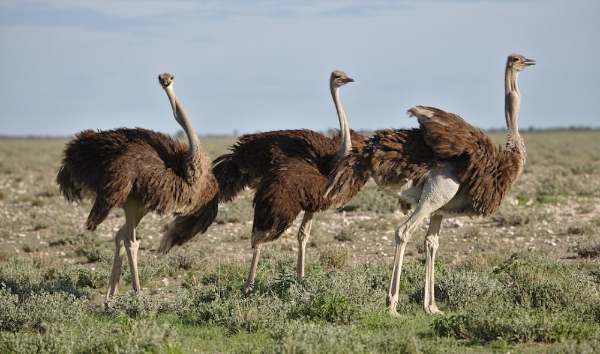

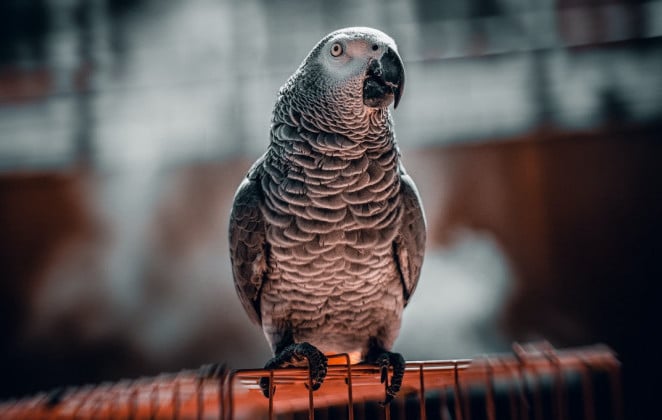
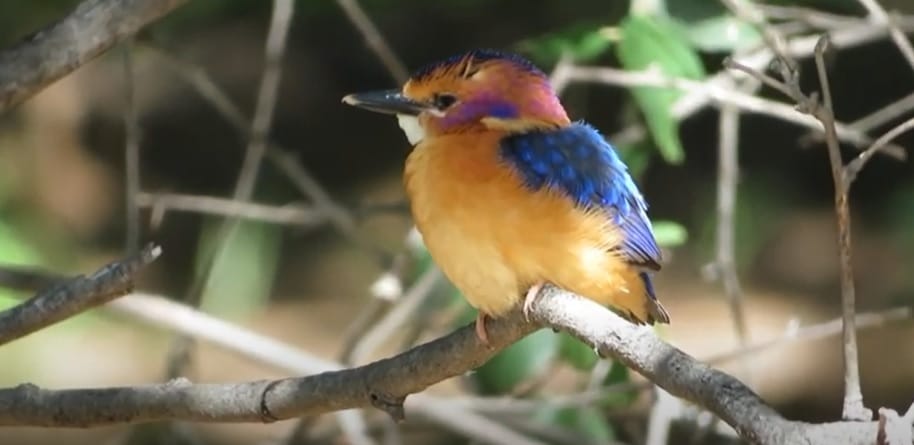
This is quite fascinating reading this Lilac-Breasted Roller bird. Now, I may not be an expert on birds, but I do appreciate the beauty of nature. This birdy seems like a real showstopper with its vibrant colors. I’ve always been amazed by the variety of colors that exist in the animal kingdom. It’s like a living work of art tha you can look but no touch. I’ve never personally encountered this particular bird, but reading about it makes me want to go out and explore the world of birds even more. It’s incredible how nature can create such stunning creatures.
Hello Raymond!
I’m glad to have introduced you to the world of colorful birds, especially in Africa! 😉
I wish you happy birdwatching!
Lizzy
Wow, I’m completely captivated by the lilac-breasted roller after reading your post! The vivid descriptions and beautiful pictures really brought this colorful bird to life for me. It’s amazing to think about the diverse wildlife out there, and your blog post just made me appreciate the wonders of nature even more. Thanks for sharing this delightful piece about such a stunning creature!
Hi Jake!
You are very welcome and keep posted for more if you liked this bird! 😉
Lizzy